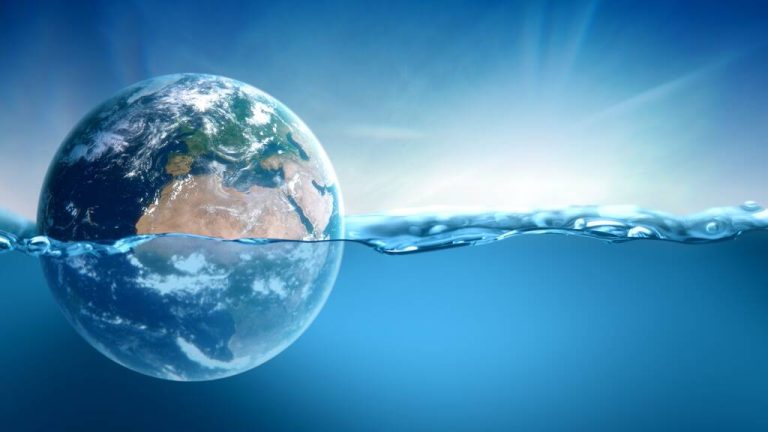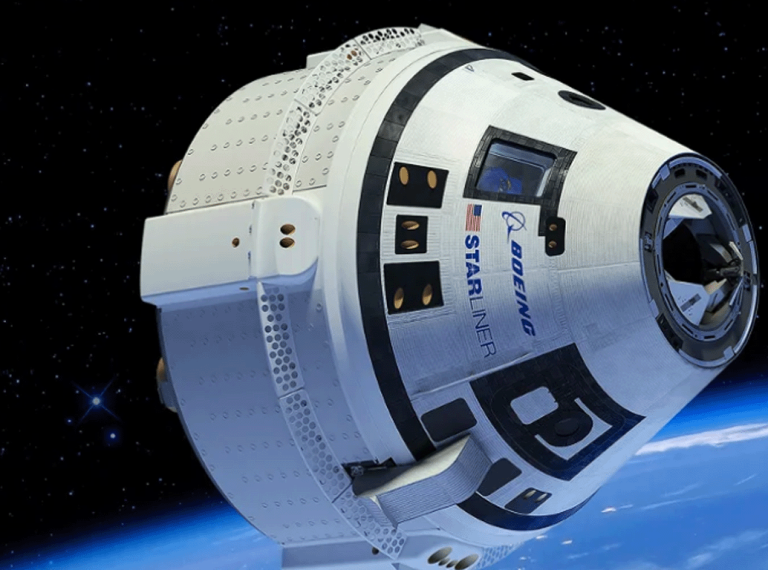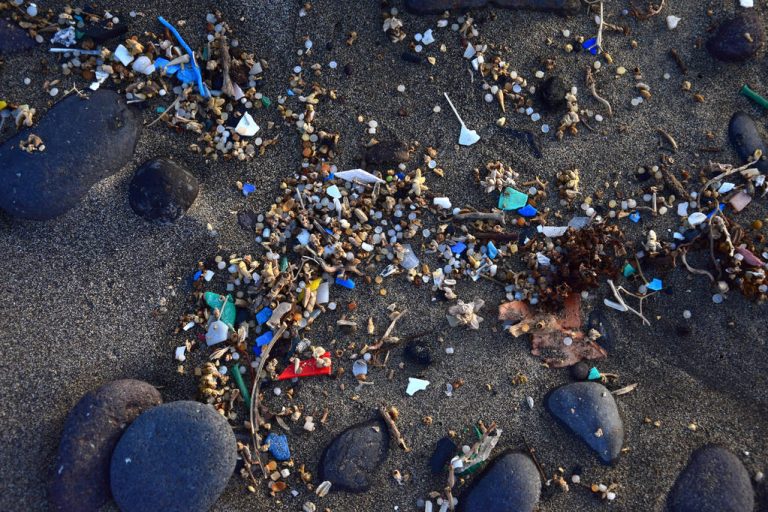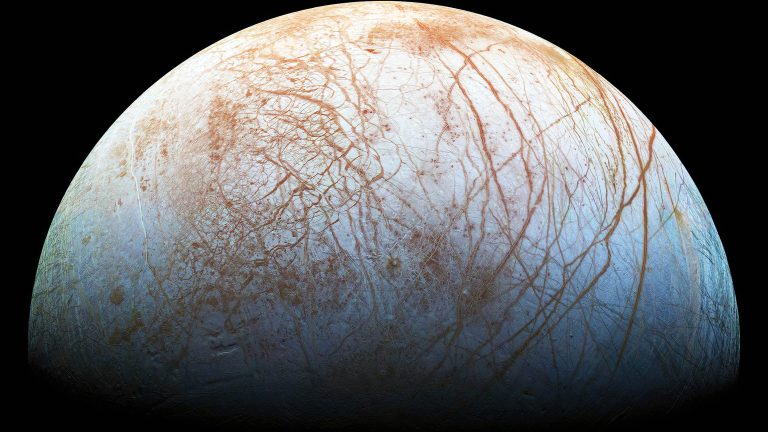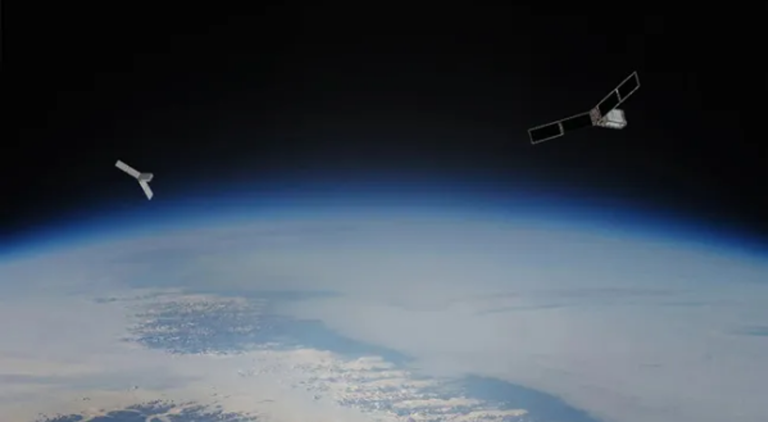Sea Level Rise: The Looming Crisis
Key Takeaways
Sea level rise is a consequence of climate change, driven by the melting of glaciers and polar ice sheets, and the thermal expansion of seawater. The global average sea level is projected to rise by nearly 1 foot by 2050 and potentially more than 3 feet by 2100. Coastal areas, particularly those in the United States, are already experiencing increased flooding, saltwater intrusion, and economic impacts due to rising seas. Strategies to adapt to sea level rise include building sea walls, elevating infrastructure, and implementing nature-based solutions. Policy solutions such as managed retreat, climate adaptation funding, and international cooperation are essential to mitigate and adapt to rising sea levels.
Summary
- Global causes: Melting ice sheets, thermal expansion of seawater.
- Local causes: Groundwater pumping, tectonic shifts, local geology.
- Effects: Extreme weather, tidal flooding, land loss, economic impacts, saltwater intrusion, climate migration.
- Responses: Property protection, infrastructure adaptations, nature-based solutions, policy interventions.
- Future projections: 1 foot rise by 2050, over 3 feet by 2100, with higher scenarios predicting up to 6.6 feet by the end of the century.
- Challenges: Economic costs, displacement of communities, contamination of freshwater resources.
What is Sea Level Rise?
Sea level rise refers to the increase in the total volume of ocean water, resulting primarily from the melting of glaciers and polar ice sheets and the thermal expansion of seawater as it warms. These changes are driven by climate change, which is caused by the burning of fossil fuels.
Types of Sea Level Rise
- Global Mean Sea Level Rise: This is the global average sea level change relative to a fixed point, such as the center of the Earth. It reflects the overall increase in the volume of the ocean and is most directly linked to climate change.
- Relative Sea Level Change: This measures the height of the ocean’s surface relative to a specific piece of land. It can be influenced by both rising water levels and changes in land elevation.
In 2022, U.S. agencies like NOAA projected several scenarios for future sea level rise, depending on greenhouse gas emissions. These scenarios predict a global mean sea level rise of almost 1 foot by 2050 and more than 3 feet by 2100 under intermediate scenarios. In high-emission scenarios, sea levels could rise by up to 6.6 feet by the end of the century.
Table 1: Projected Global Sea Level Rise Scenarios
| Scenario | 2050 Projection (Feet) | 2100 Projection (Feet) |
|---|---|---|
| Low | 0.6 – 1.2 | 1.6 – 3.3 |
| Intermediate | 0.9 – 1.8 | 2.3 – 4.9 |
| High | 1.2 – 2.0 | 3.3 – 6.6 |
Global Causes of Sea Level Rise
Melting Ice
Melting ice from glaciers and polar ice sheets is a significant contributor to sea level rise. For instance, the Greenland ice sheet loses about 270 billion tons of ice each year.
Thermal Expansion
As the oceans absorb heat from greenhouse gases, the water expands. This process, known as thermal expansion, has contributed to one-third of the global sea level rise since 2004.
Local Causes of Sea Level Rise
Local Geology
In some areas, geological factors cause land to sink, making the sea appear to rise faster. Norfolk, Virginia, is one such example, built on a slowly sinking impact crater.
Tectonic Shifts
Tectonic movements can also affect local sea levels. For example, parts of California are being pushed upward, masking the effects of sea level rise.
Groundwater Pumping
Extracting groundwater can cause land to settle, leading to a relative rise in sea levels. Jakarta, Indonesia, is sinking rapidly due to excessive groundwater pumping.
Effects of Sea Level Rise
Rising sea levels amplify the effects of extreme weather events. Higher baseline water levels mean that storm surges and flooding will be more severe.
Tidal Flooding
Coastal areas are experiencing more frequent high tide floods, known as “nuisance” or “sunny day” floods. NOAA projects that by 2050, the U.S. will see an average of 45 to 85 high tide flooding days per year.
Land Loss and Coastal Erosion
Rising seas will permanently submerge some areas of land and accelerate coastal erosion. By 2050, 4.4 million acres of U.S. properties could be below tide lines.
Economic Impacts
Sea level rise threatens costly infrastructure like sewage plants and power stations. The economic losses could reach trillions of dollars by 2100, with annual costs of $14 trillion from adaptation efforts alone.
Table 2: Economic Impacts of Sea Level Rise
| Impact | Annual Cost (By 2100) |
|---|---|
| Property Loss | $500 million |
| Infrastructure Damage | $14 trillion |
| Energy Facilities | Nearly 300 at risk |
| Transportation | 2,400 miles of roadway |
Saltwater Intrusion and Freshwater Contamination
Saltwater intrusion from rising seas threatens freshwater sources and agricultural lands, particularly in coastal areas like Miami and Bangladesh. This contamination can lead to water insecurity and displacement.
Climate Migration
Rising sea levels will force populations to relocate, creating potential refugee crises. Up to 13 million people in the U.S. and millions more globally could be displaced by permanent inundation.

Responses and Adaptations to Rising Sea Levels
Strategies for Property Owners
- Flood Risk Assessment: Use flood maps to understand your risk.
- Flood Insurance: Purchase insurance to protect against potential losses.
- Home Elevation: Elevate homes and important possessions to avoid flood damage.
- Relocation: Consider moving to safer, higher ground.
Strategies for Infrastructure
- Sea Walls: Construct barriers to protect against flooding and storm surges.
- Elevated Roads: Raise roads to prevent flooding.
- Water Pumps: Install pumps to remove collected water.
Nature-Based Strategies
Preserving and restoring natural defenses like wetlands, dunes, and mangroves can reduce flood risks and provide additional benefits like recreation and food sources.
Policy Solutions
Engage at-risk communities in long-term planning to relocate infrastructure and homes to safer areas while bolstering resilience where necessary. Increase state and federal funding for climate adaptation projects, reform flood insurance programs, and protect critical infrastructure. International cooperation is essential. Major polluters must fulfill their commitments to reduce emissions, invest in clean energy, and support vulnerable nations through initiatives like the Green Climate Fund.
Conclusion
Sea level rise presents a significant challenge that requires immediate and sustained action. From understanding the science behind it to implementing practical and policy solutions, every effort counts. As the impacts of rising seas become more evident, it is crucial for governments, communities, and individuals to work together to mitigate risks and adapt to the changing climate.

